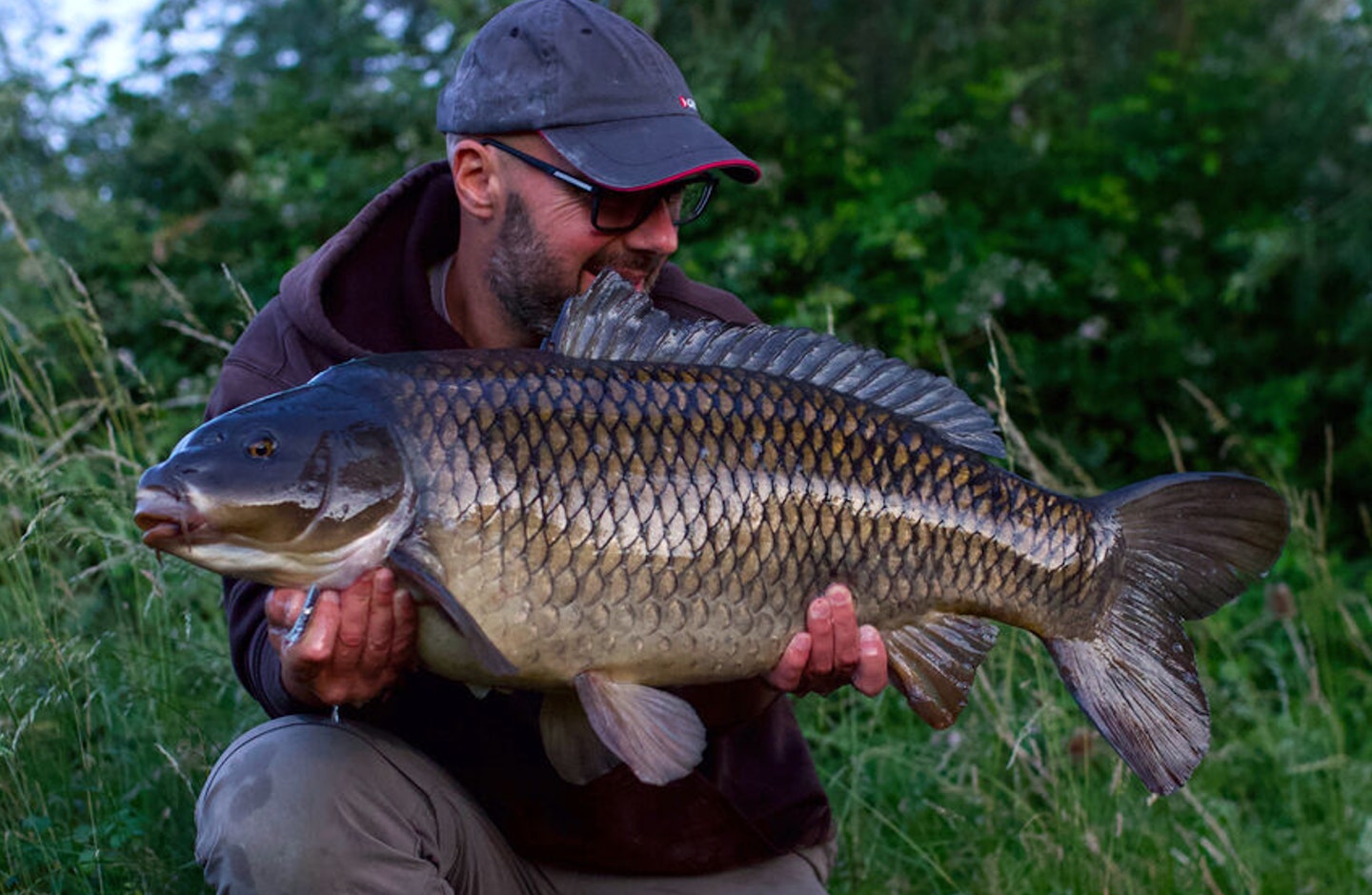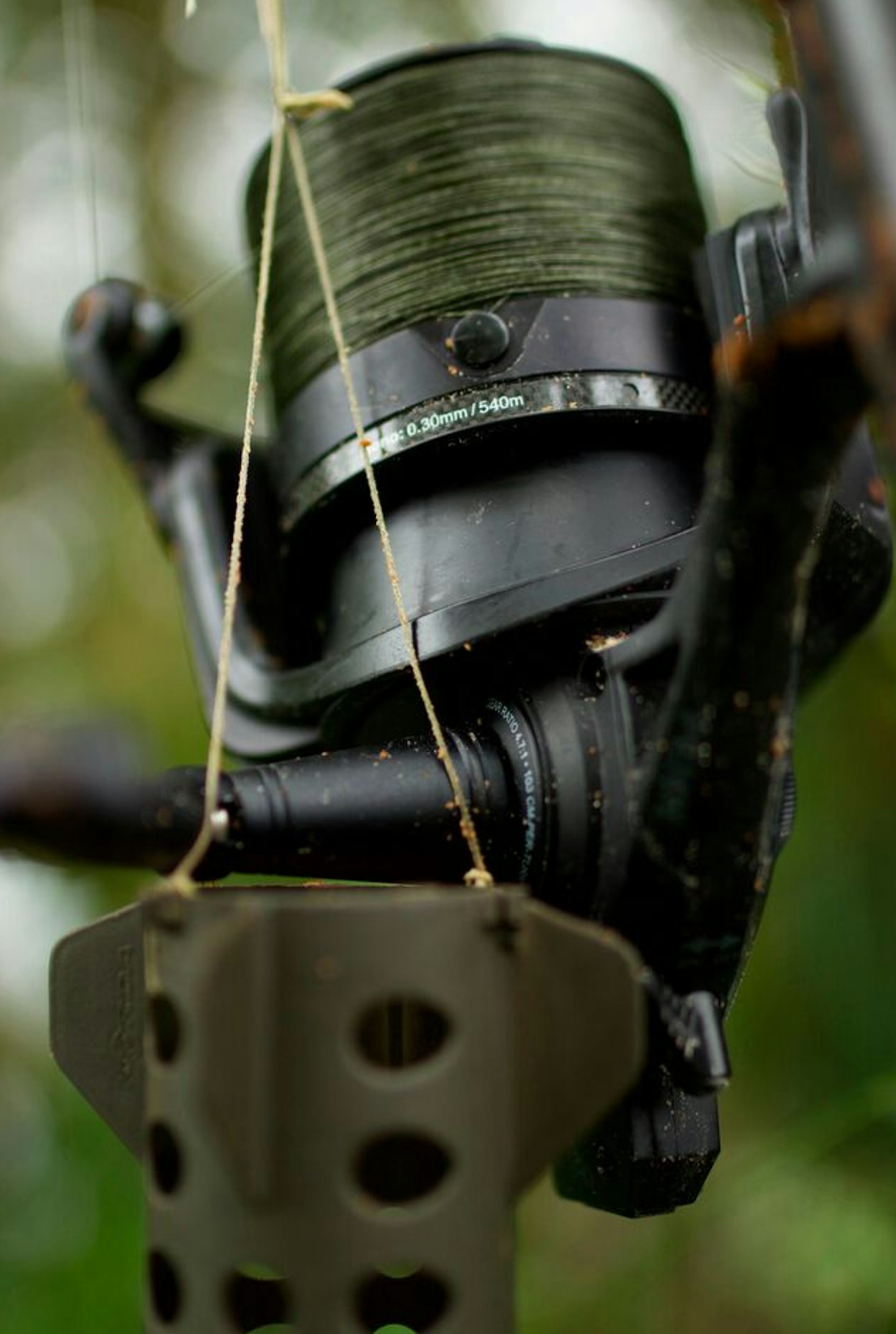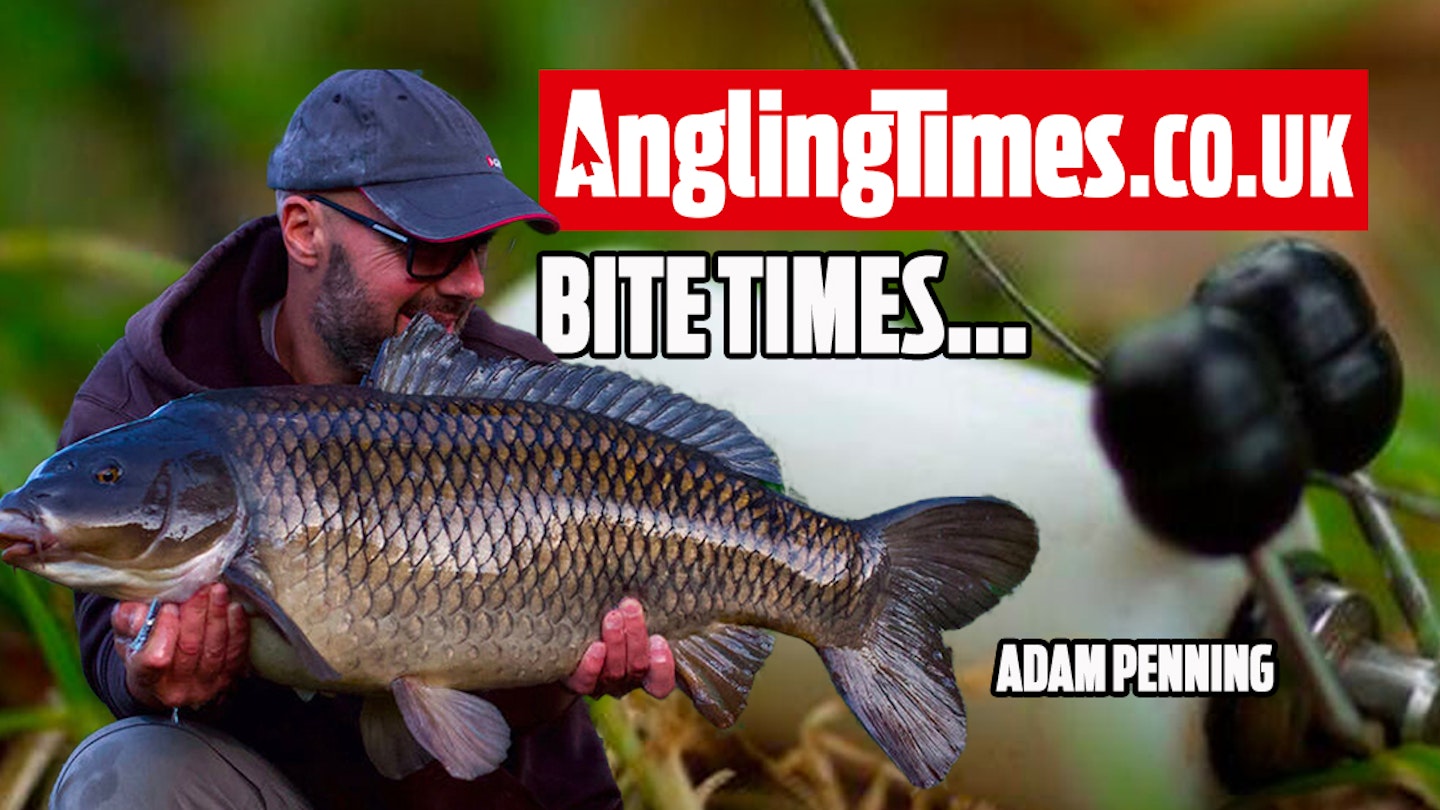Bite times always fascinate me, and taking this information into account is vital to your success.
I am never one to pump other anglers on the lake I’m fishing for information about a capture. In fact, a lot of the time that would be just bad manners. However, one thing that I don’t mind asking, and something that the captor is often willing to share, is what time the bite or bites came.
Knowing at which part of the day the fish are tending to feed is a potent advantage and can help you to put extra fish on the bank.
GET ALL THE TACKLE YOU NEED FOR CARP FISHING BY CHECKING OUT OUR BUYER'S GUIDES TO RODS, REELS, ALARMS, BIVVIES AND MORE.

Time your disturbance
It might sound obvious, but once you know the bite times, you can plan your session around it, making sure you are fishing in the most productive time period. You can ensure you have your rigs on the spot, undisturbed, well ahead of these times and – vitally – you can do your baiting up well outside these parameters.
While it is true that on some prolific venues bites can come at any time, you will still notice peaks and troughs in the activity, and you need to be aware of them. I like to have everything settled and quiet for at least two hours ahead of when I expect the fish to feed.
FIND THE BEST CARP FISHING VENUES NEAR YOU BY CHECKING OUT OUR LATEST WHERE TO FISH GUIDES.

Dawn bites on weedy waters
On many big-fish waters the key time for bites and activity is early in the morning. This is particularly pertinent on weedy, low-stock venues. Often, once this has passed, you may not have another opportunity of seeing or catching one until the following dawn.
In these situations, I start my session very early so I can see where the best zone is to set up in, and then usually pack up once that spell has passed. Similarly, during the session you can plan to make sure you are optimising these windows – instead of winding in to pop to the shop for some milk, you can shift things around to take full advantage of the feed times. Fishing in the winter, it can become even more critical when the feeding phases are more clearly defined.
GET MORE CARP FISHING ADVICE FROM ADAM PENNING IN THIS ARTICLE ABOUT BAITING.

Finally, the following scenario is the biggest thing I see people doing wrong, and this happens everywhere! The angler gets up, reflects that they haven’t had a bite and winds in all their rods to check the rigs. When that is done, the marker float is put out, the rods are recast and then the swim is ‘topped up’ with the Spomb.
This one single common practice is costing anglers the chance of a fish, all over the country, every single day! You’re disturbing the swim and making all sorts of commotion at the precise time you have the best chance of a bite. If anglers left everything in situ until late morning, I predict we would see a huge spike in captures. Timing is a very important element of successful carping – ignoring it is foolhardy!
This page is a free example of the amazing content Angling Times Members get every single week. Becoming an Angling Times Member gives you access to award-winning magazine content, member rewards, our back issue archives, bonus content and more! Join our fishing community and find out more today!
